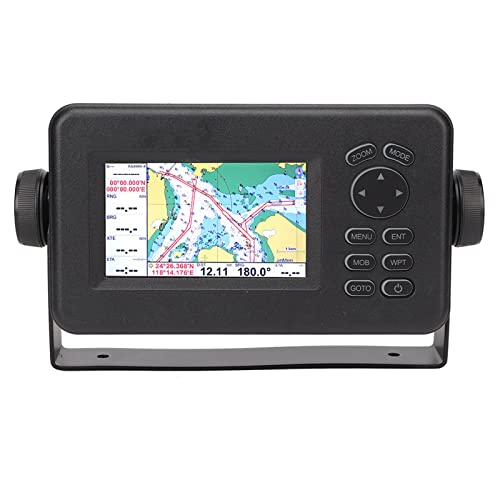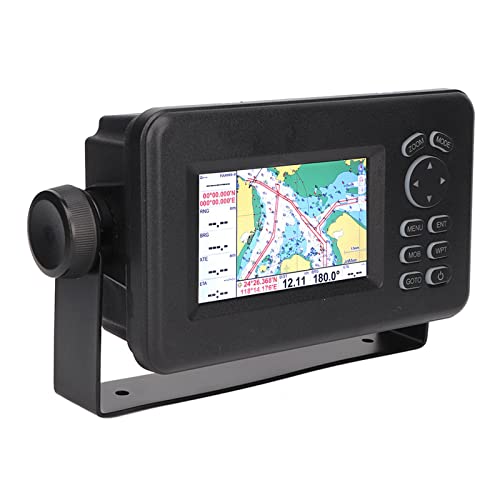01.01.2024 22:39
Best Marine GPS Chartplotters (Boat Navigators)
Marine GPS chartplotters are essential for any serious boater. They provide critical navigation information, including position, speed, heading, and depth. They can also be used to plan routes, track progress, and mark waypoints. Many models also offer features like radar integration and fish finders. They have come a long way in recent years, with many new features and options becoming available. However, they can still be a bit confusing to use if you're not familiar with them. That's why we've put together this guide to help you understand everything you need to know about marine GPS chartplotters. We'll start by explaining the basics of how they work and what they can do. Then we'll dive into some of the more advanced features that are available on today's models.
Thesandshore.com is a source where the post Marine GPS Chartplotters (Boat Navigators) appeared first.
01.01.2024 22:39








![] Car GPS Navigation System Marine Chartplotter GPS with Boat](https://m.media-amazon.com/images/I/315ARJjREwL._SL500_.jpg)

